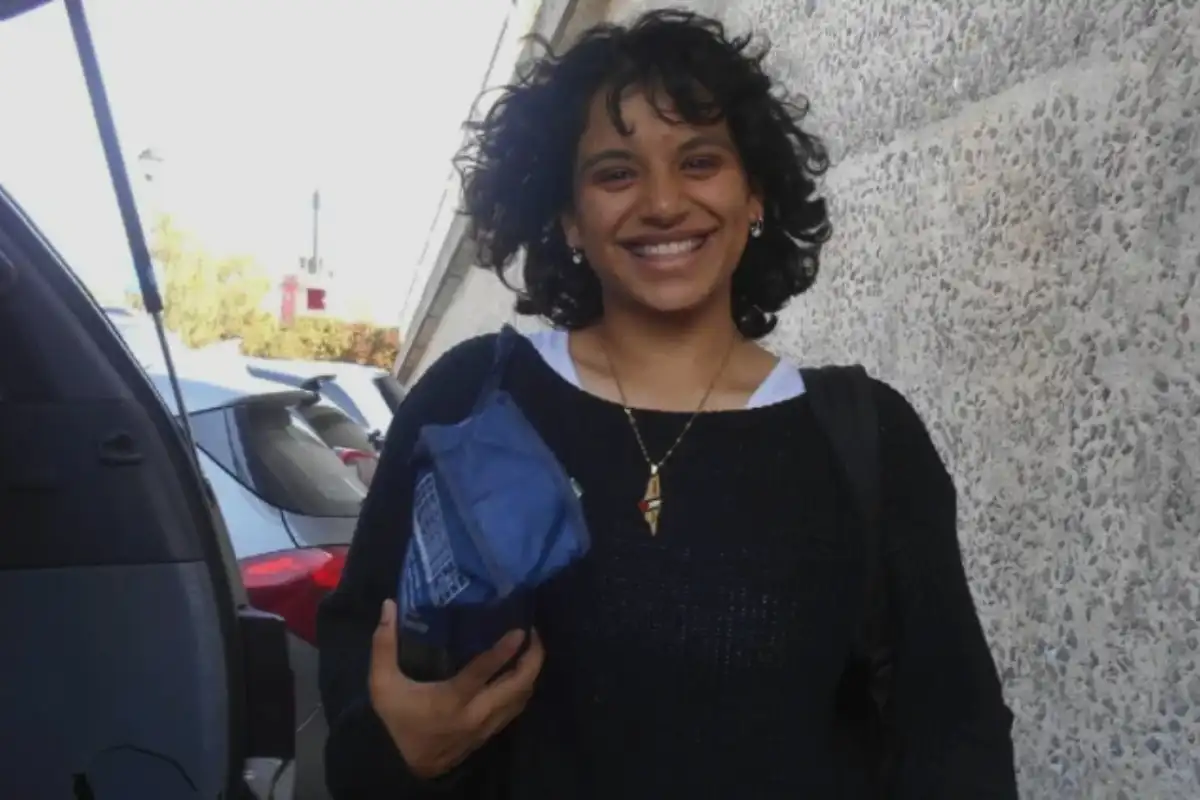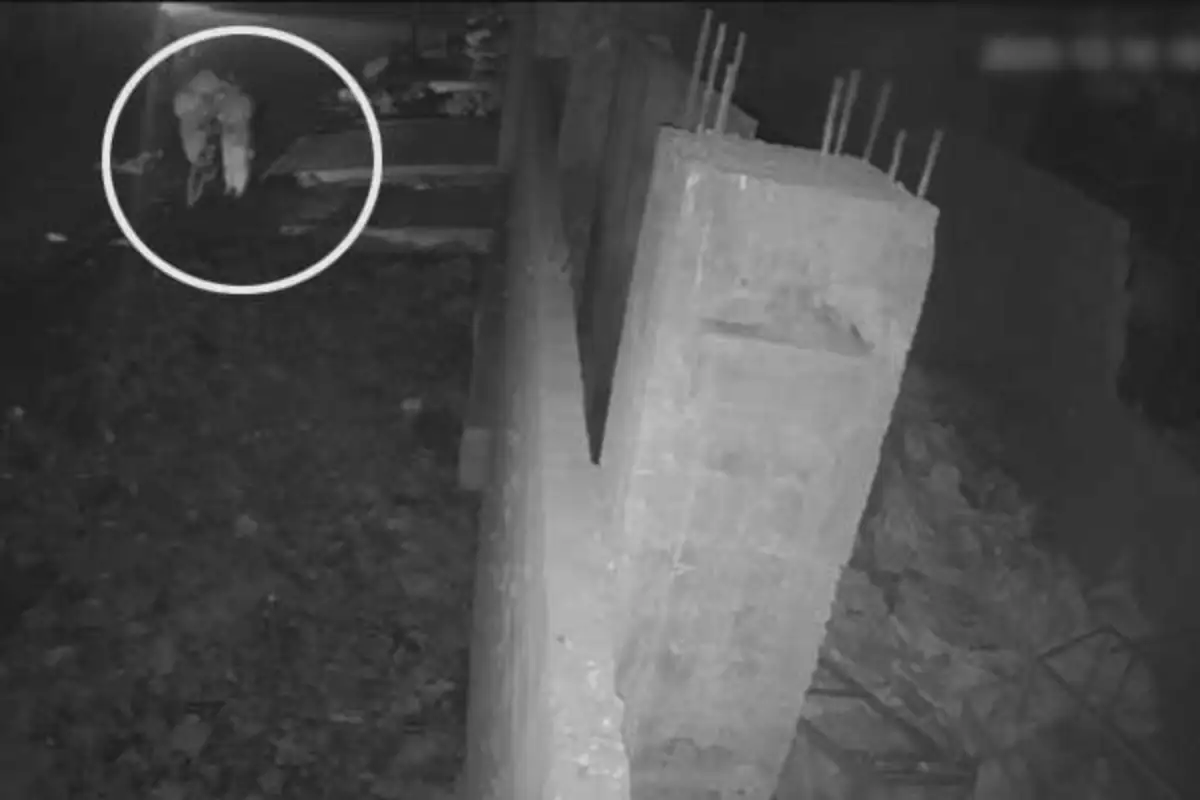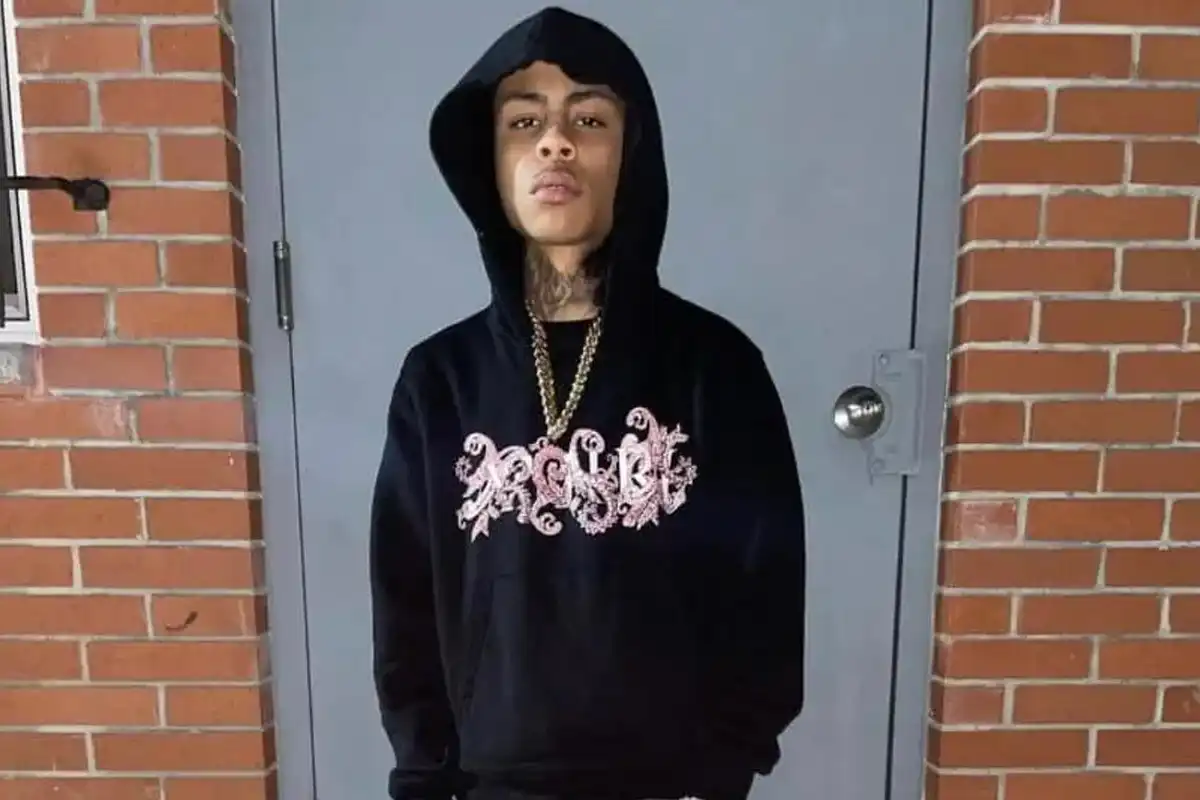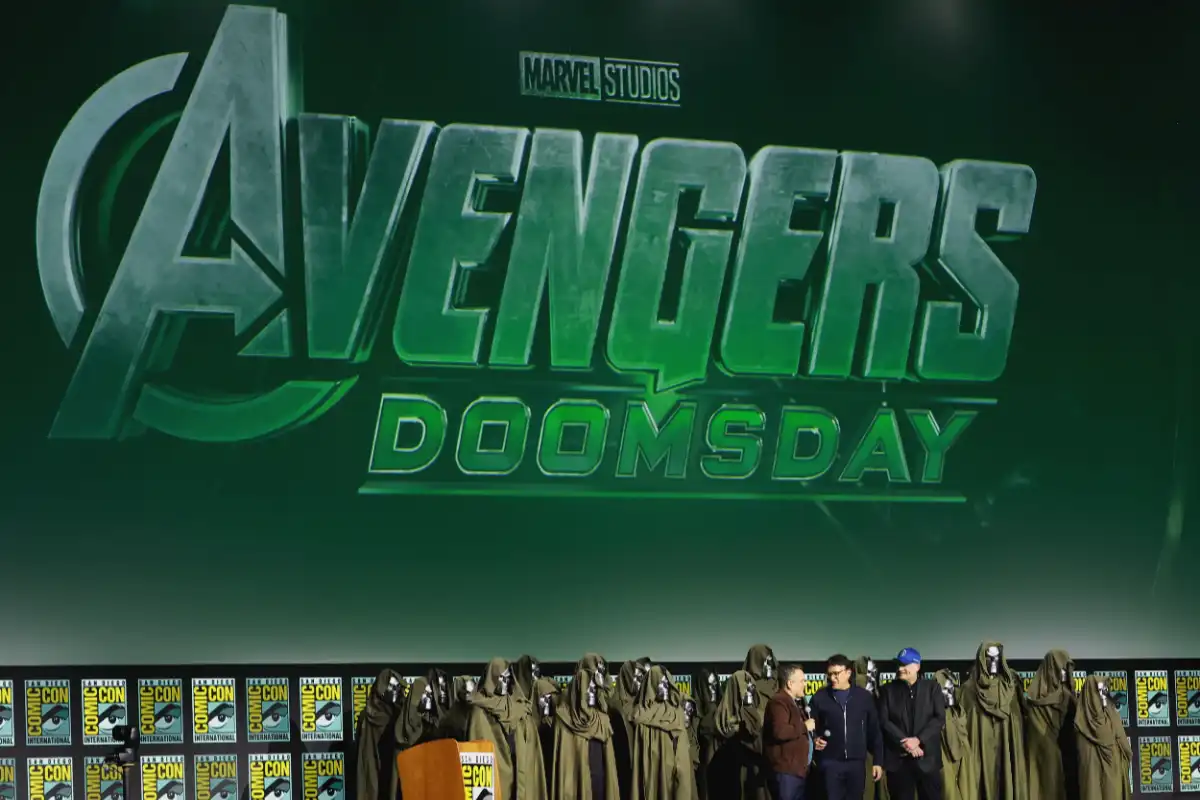Who Is Pennywise? All You Need to Know About Clown’s Origin & Return in IT: Welcome to Derry Season 1
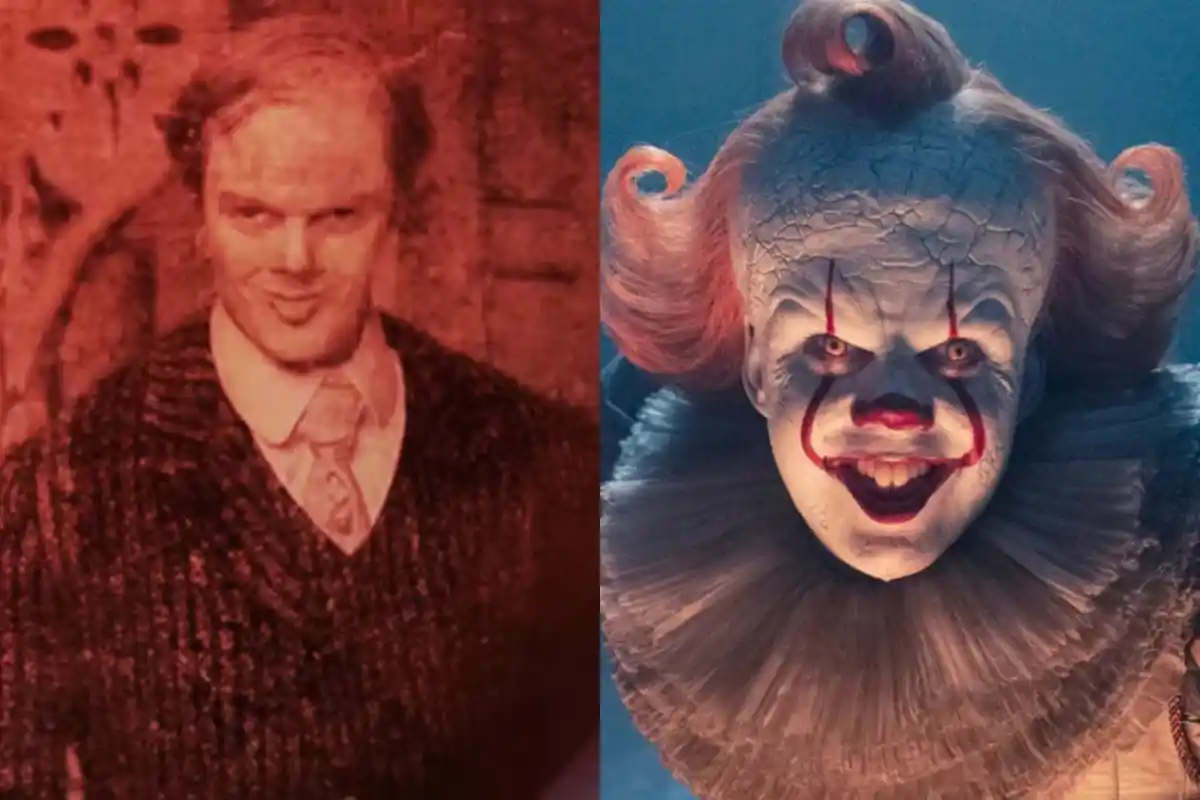
Who Is Pennywise? All You Need to Know About Clown’s Origin & Return in IT: Welcome to Derry Season 1
IT: Welcome to Derry Season 1 resurrects one of Stephen King’s most chilling settings — the cursed town of Derry, Maine — where evil does not merely visit, but lies dormant between cycles of terror. Developed by Andy and Barbara Muschietti with Jason Fuchs, the series serves as a terrifying prequel to the IT films, transporting audiences back to the 1960s, decades before the Losers’ Club first confronted Pennywise.
Bill Skarsgård’s reprisal of the demonic clown restores continuity to the cinematic universe, binding this new chapter to the mythology of its predecessors. Yet beneath the greasepaint and grotesque grin lies something far more ancient. Welcome to Derry is not simply a sequence of scares; it excavates the essence of the creature, probing what Pennywise truly is — and why Derry seems eternally trapped in its own cycle of nightmares.
Pennywise’s Arrival & Backstory
Before becoming a modern emblem of fear, Pennywise existed beyond human understanding. In Stephen King’s lore, “It” is no mere clown but an interdimensional entity older than civilization itself, having crash-landed on Earth eons ago. Adopting countless forms, It manifests as Pennywise the Dancing Clown — a disguise that preys upon innocence and laughter, the sweetest vessels for fear.
Set in 1962, during one of Pennywise’s cyclical resurgences that occur every 27 years, the series seeks to humanize this cosmic horror. Andy Muschietti describes Derry as “a living organism – a place that hides something ancient beneath its streets.” The narrative implies that Pennywise’s influence seeps into the town’s psyche, feeding not only on fear but also on collective guilt, prejudice, and denial.
Pennywise’s terror is never random; it mirrors the deepest anxieties of Derry’s people. Whether he appears as a clown, a monster, or a reflection of their sins, he is shaped by what they fear most. Through this lens, Welcome to Derry expands on King’s core idea — that the true horror is not merely alien but human, born of society’s willingness to ignore evil.
The Muschiettis have hinted at an expansive plan: three seasons, each exploring a distinct era of Pennywise’s reign — 1962, 1935, and 1908. Andy Muschietti told Variety,
“There are a lot of Easter eggs, and over the course of these three seasons, we’re going to get closer to the meaning of the turtle, how it affects the behavior of our characters, and the mythological backstory.”
That turtle, Maturin, symbolizes creation and balance, the eternal counterforce to Pennywise’s destruction. While the films only alluded to this cosmic duel, Welcome to Derry promises a deeper exploration of the metaphysical order shaping the town’s destiny.
Even stripped of its cosmic overtones, the show redefines Pennywise as something intimately human — a parasite thriving on repression and cruelty. Set amid the Cold War era’s façade of perfection, Derry’s 1962 veneer hides a festering darkness. Here, the monster isn’t confined to sewers but resides within the townsfolk themselves.
Skarsgård’s portrayal binds the narrative threads together — a performance of manic joy and primal terror. His Pennywise does not reinvent evil; he resurrects it, reminding viewers that some horrors are eternal, merely waiting for the right moment to resurface.
How the Premiere Episode Reintroduces Pennywise’s Terror in Derry
The premiere episode, directed by Andy Muschietti, wastes no time reestablishing Derry as a place where innocence withers. Titled “The Pilot,” it opens with a haunting image — young Matty (Miles Eckhardt) fleeing from home, only to meet an unseen monstrosity. The scene recalls the brutal lyricism of the IT films, weaving 1960s Americana with unrelenting dread.
Pay attention: Nobody is safe in Derry. The series premiere of #ITWelcomeToDerry is now streaming on @HBOMax. pic.twitter.com/upxGu8Zz1c
— IT: Welcome to Derry 🎈🎈 (@ITMovieOfficial) October 28, 2025
The episode follows Matty’s classmates — Lilly (Clara Stack), Teddy (Mikkal Karim-Fidler), Phil (Jack Molloy Legault), Susie (Matilda Lawler), and Ronnie (Amanda Christine) — as they investigate his mysterious disappearance. When Lilly hears his voice echoing from her bathroom pipes, the trail leads to the local movie theater. During a screening of The Music Man, reality distorts: Matty appears onscreen, transformed, before Pennywise’s illusion collapses into chaos. The theater becomes a blood-soaked nightmare, leaving only Lilly and Ronnie alive.
The sequence stands as a declaration of intent — Welcome to Derry will not soften its blows. Its horror is both visual and psychological, reminding audiences that Derry devours its children not by chance but by design.
Parallel to this, Major Leroy Hanlon (Jovan Adepo), a Korean War veteran, faces bigotry and alienation at a nearby military base. His personal struggles reflect the supernatural corruption infecting Derry, suggesting that Pennywise’s evil is both literal and metaphorical — a manifestation of hatred, fear, and the horrors people choose to ignore.
By the episode’s close, Derry itself feels alive, every shadow pulsating with malice. Pennywise is reintroduced not through spectacle, but through atmosphere — creeping dread, fractured innocence, and the sense that history is repeating itself.
Conclusion
If its opening chapter is any measure, IT: Welcome to Derry is not merely a prequel but a deep dive into the anatomy of fear. The series promises to uncover how evil embeds itself in the places and people who allow it to survive. And as the red balloons rise once again above Derry, one truth is unmistakable: Pennywise isn’t coming back. He never left.
Read More: Who is Chuck Morgan? All About Leanne Morgan’s Husband and Their Love Story
Catch all the Trending News, Breaking News Event and Trending News Updates on GTV News
Join Our Whatsapp Channel GTV Whatsapp Official Channel to get the Daily News Update & Follow us on Google News.


